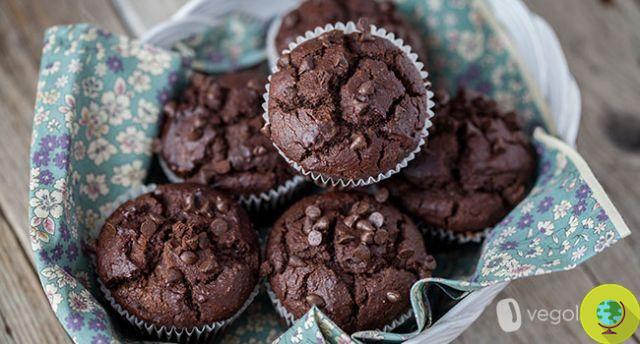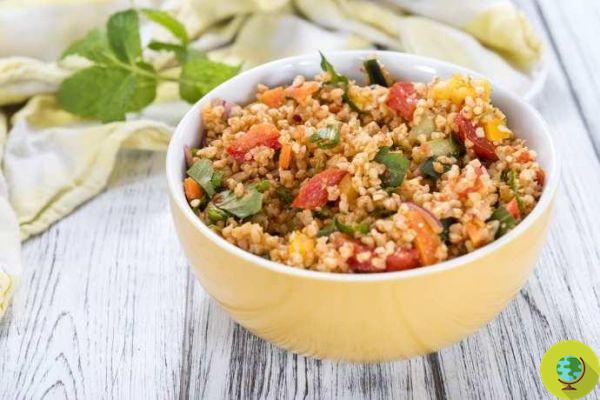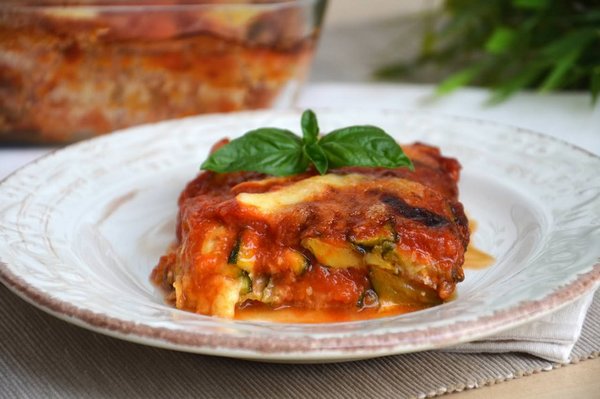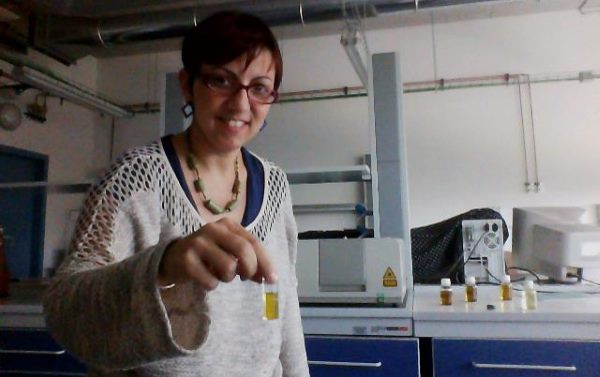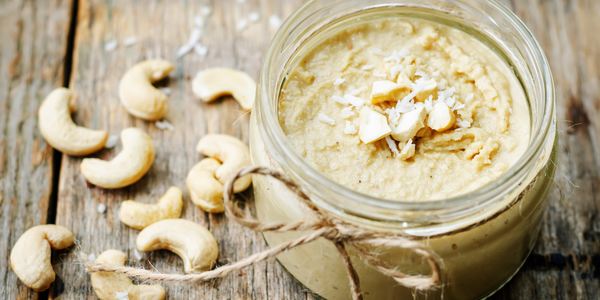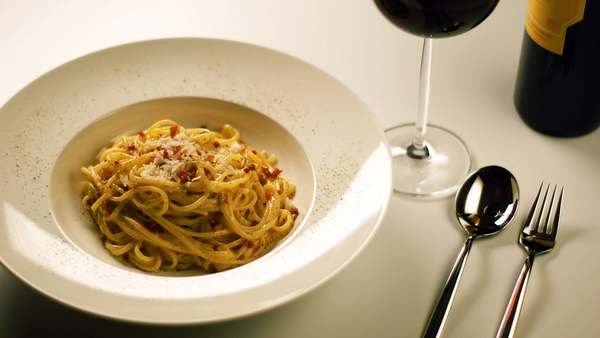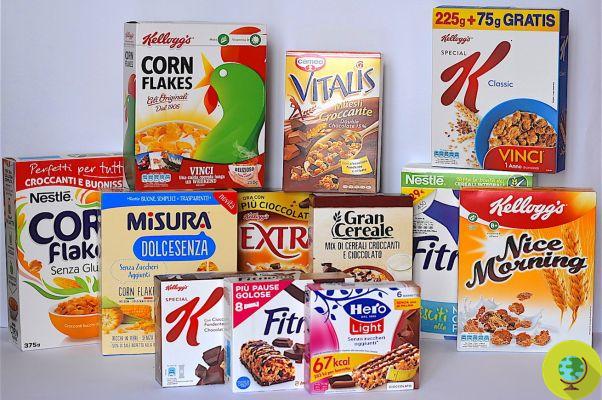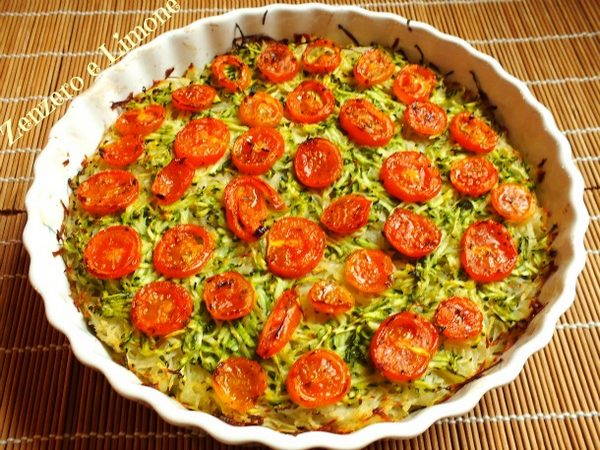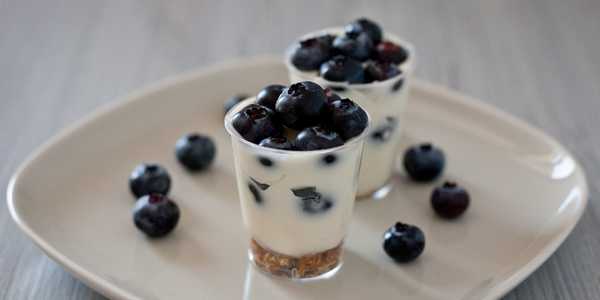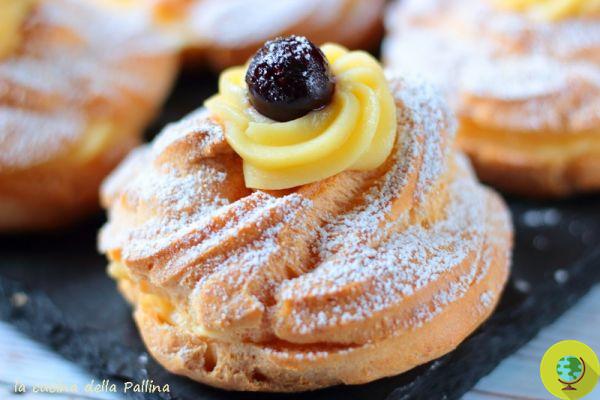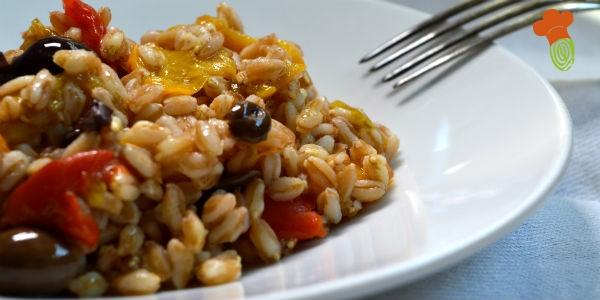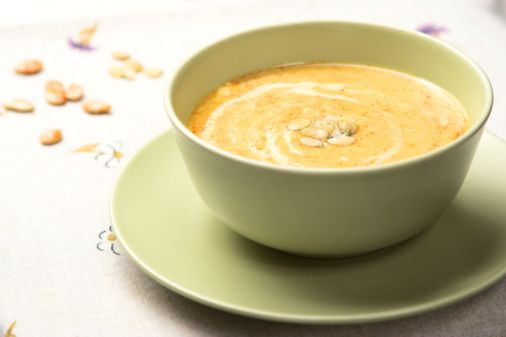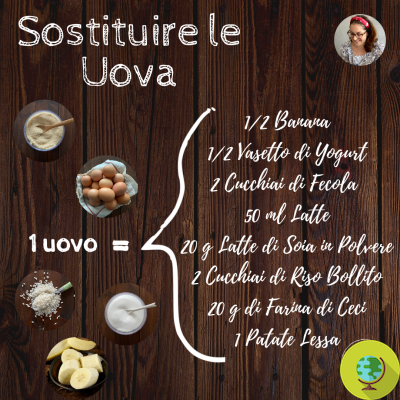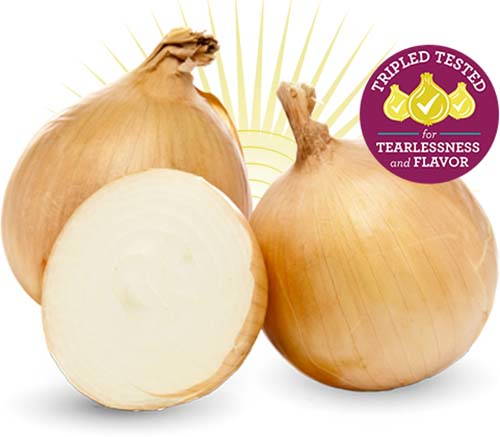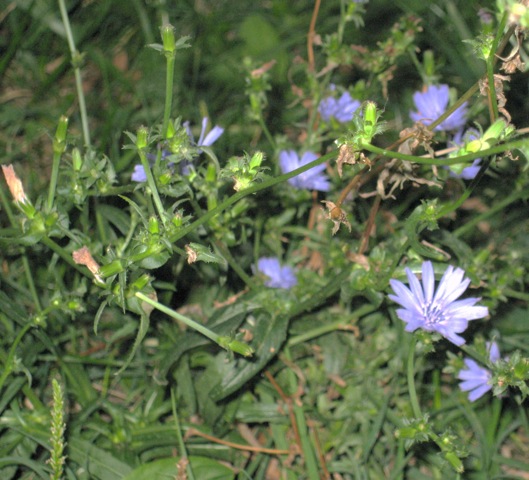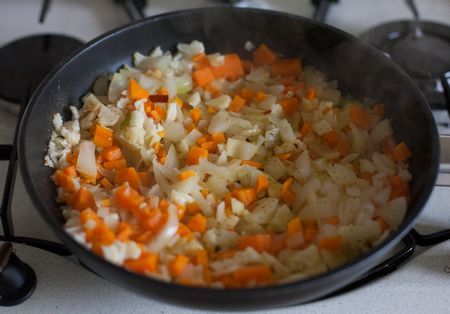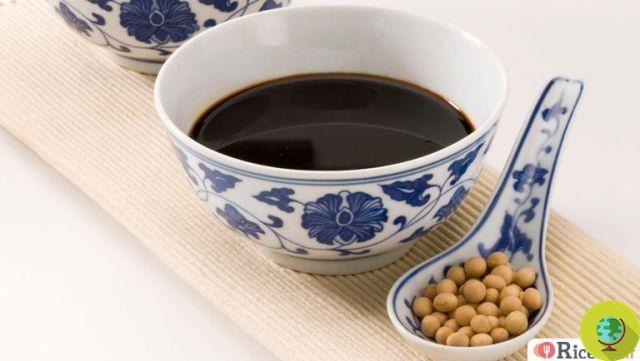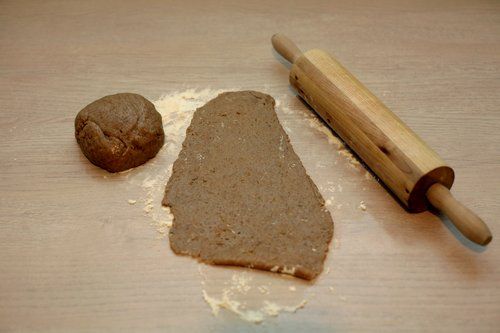Typical of the autumn season, with an unmistakable sweet taste and endowed with interesting properties, chestnuts are an excellent ally of the nervous system, in fact they help to counteract anxiety and stress but are also recommended in case of anemia. Let's find out everything we need to know about chestnuts, including contraindications.
Don't store avocado like this: it's dangerous
Le chestnuts they are the queens of the autumn season. So small and so tasty, but also a concentrate of health, they are rich in iron and folic acid. How to cook them and how to consume them to enhance their benefits?
Typical of the autumn season, with an unmistakable sweet taste and with interesting properties, chestnuts are an excellent ally of the nervous system, in fact they help to counteract anxiety and stress but are also recommended in case of anemia. Let's find out everything there is to know about chestnuts, including contraindications.
From Castanea sativa, a tree that grows spontaneously in parks and woods, chestnuts are born to be collected and tasted in many ways (further down we point out different ways to cook them and savory and sweet recipes).
These are fruits that, in the wild, can be of various shapes, sizes and shades of color. The so-called browninstead, they come from cultivated trees and for this reason they are larger and more precise than wild chestnuts.
Generally much loved, even by the little ones, for their sweet taste, chestnuts have interesting properties but they should not be abused, especially if you want to keep blood sugar at bay and avoid gaining weight.
Index
Nutritional values and calories of chestnuts
Roasted chestnuts have considerable nutritional values. They are characterized in particular by the richness in complex carbohydrates (84%) for this reason, within a meal, they can be considered an alternative to cereals and certainly not a fruit (it is no coincidence that in ancient times they were nicknamed “cereals that grow on trees”). However, they also contain proteins (8%) and lipids (11%) as well as many fibers. Boiled and dried chestnuts also have very similar percentages (the latter boast the highest amount of fiber, 13,8%).
These fruits are also rich in minerals and vitamins useful for our body. Specifically, 100 grams of dried chestnuts, according to CREA data, contain:
- Potassium (mg): 738
- Iron (mg): 1.9
- Calcium (mg): 56
- Phosphorus (mg): 131
- Tiamina – B1 (mg): 0.15
- Riboflavina – B2 (mg): 0.52
- Niacin - B3 (mg): 2.07
100 grams of boiled chestnuts provide about 120 calories to our body, the roasted ones 193 calories while the dry ones 287 calories. It is therefore a food with a high energy value, useful in autumn and winter to regain strength.
Finally, remember that chestnuts they do not contain cholesterol.
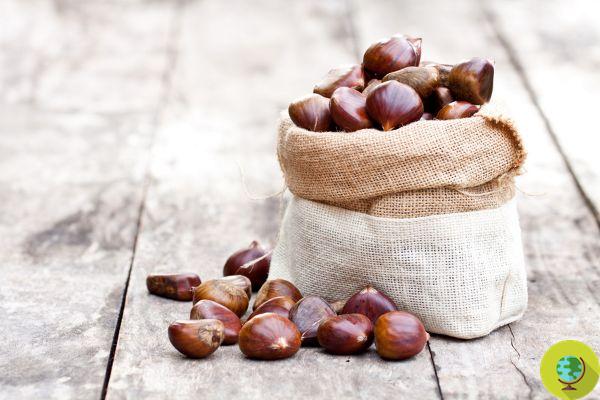
Properties and benefits of chestnuts
As for the properties and benefits that chestnuts offer to our body, we could summarize them as follows:
- Energetic and restorative: chestnuts can also be useful as a natural energizer in case of convalescence, for example for the elderly and children after a flu or in the change of seasons (especially autumn of course).
- Useful for the nervous system: they contain phosphorus, as well as other minerals and B vitamins, which makes them a useful food for the nervous system. They can therefore prove to be a food to be included more often in one's diet in case of anxiety, depression or periods of high stress.
- Sate: given the richness in fiber and complex carbohydrates, chestnuts help to keep the sense of hunger. They are therefore an excellent mid-morning or mid-afternoon snack.
- Anti-anemia: chestnuts are often recommended to prevent or improve anemia. These fruits, in fact, contain iron and, combining them with foods rich in vitamin C, can certainly be a natural anti-anemia system.
- Beneficial for the heart and cholesterol: thanks to the content of omega 6 and omega 3 fatty acids, chestnuts also help the heart and help regulate blood pressure. They are also a food capable of keeping cholesterol levels at bay.
- Against constipation: thanks to the large presence of fibers, chestnuts are a good natural remedy to combat constipation.
- Easily digestible: chestnuts are very digestible but only on condition that they are well cooked.
- Gluten free: despite their nutritional composition resembling cereals such as barley or wheat, chestnuts do not contain gluten. They are therefore an excellent alternative for those suffering from celiac disease or gluten intolerance.
- Pregnant: given the folic acid content, the consumption of chestnuts is also recommended for pregnant women.
- Complete food if accompanied with proteins: as we have already said, chestnuts have nutritional values that can be compared to those of a cereal. This is why a good food combination involves accompanying them with a protein food in order to have a meal that is truly complete.
In popular tradition, then, the chestnut has been used for a long time in therapeutic remedies in common use. In the Middle Ages they were used to combat migraines and gout. The boiling water of the leaves and the peels of the chestnuts was recommended for those who suffered from heart problems.
To improve problems related to the spleen, roasted chestnuts were suggested, while boiled chestnuts were given to liver patients. With the addition of licorice and sweet fern, chestnuts became a remedy for those suffering from stomach ailments. In case of cough and cold, the chestnut was used for its expectorant and antispasmodic effect.
You may not know that chestnuts were considered a food in the Middle Ages aphrodisiac, especially when they were left to macerate in wine, or boiled in the wine itself.
La Chestnut flour (interesting variant to the whole fruit which we talk about below) was used instead in case of abundant menstrual flow, for kidney pain in pregnancy and to prevent the risk of miscarriage.
You use chestnuts in cooking
As for the uses of chestnuts in cooking, first of all we must name the roasted chestnuts, which are traditionally prepared thanks to a wood-burning fireplace or embers. From the dried chestnuts, chestnut flour is then obtained, which is used for the preparation of the traditional castagnaccio, to be enriched with raisins and pine nuts.
With chestnuts you can also prepare excellent soups. For example, you can roast chestnuts and then cook them in a vegetable broth with aromatic herbs along with your favorite vegetables. With the boiled chestnuts you can prepare one instead puree useful for stuffing stuffed vegetables. Both chestnut flour and boiled chestnuts are useful ingredients for the preparation of cakes and biscuits.
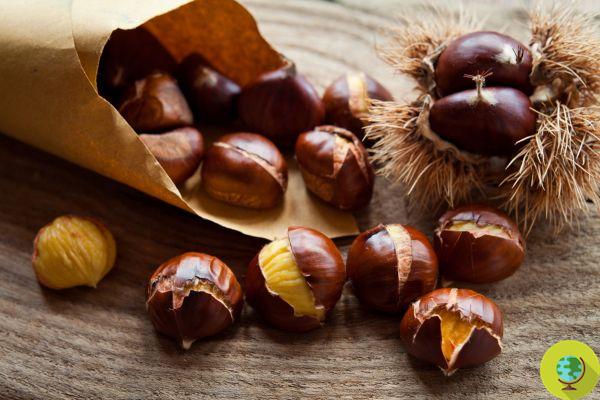
How to cook chestnuts
Chestnuts can be prepared and enjoyed in different ways:
- roasted
- boiled
- baked
Finally, there are those who consume them raw even if in this way they are much more difficult to digest and the taste and texture are not always appreciated.
You may also have some difficulty peeling these raw and cooked fruits. Here are some tips to make this process easier and faster.
Recipes with chestnuts
In spite of what one might think given their sweet taste, chestnuts are quite versatile foods in the kitchen and with these fruits we can prepare different recipes, sweet and savory.
Among these we propose:
- Pasta with chestnuts (vegan recipe)
- Chestnut and spelled soup
- Do-it-yourself preserves: chestnut cream or chestnuts with cocoa
- Iced brown
- Mont Blanc: the recipe for the sweet chestnuts par excellence
- Chestnut ravioli
Read also:
- Chestnuts: 15 recipes of first courses, main courses and desserts
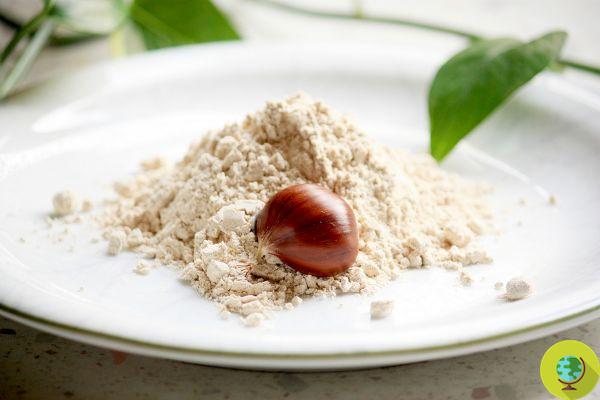
Chestnut flour
An interesting alternative to chestnuts is the flour obtained from them, also suitable in this case for making sweet and savory dishes. We have suggested different recipes in which to use it, such as that of padleti, typical Lunigiana pancakes but also the chestnut flour, rice and apple cake and the yogurt plumcake with chestnut flour.
This flour, often underestimated and little known, lends itself well to making:
- crepes
- fresh pasta
- gnocchi (mixed with potatoes or other types of flour)
- panini
- pancake
- cookies
- soups (since in addition to giving flavor it helps to thicken)
- shortbread
Here 10 recipes to prepare with chestnut flour.
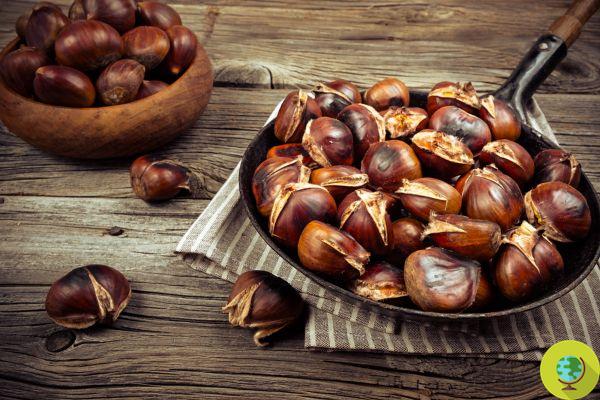
Contraindications of chestnuts
There are no particular contraindications to the consumption of chestnuts for healthy people. But these fruits sometimes they are not recommended for those suffering from diabetes, colitis, aerophagia and liver-related diseases. In this case, the advice is to discuss the subject with your doctor to understand if even the occasional consumption of chestnuts could cause unwanted effects.
Given the large caloric intake of these fruits, often consumption is not recommended for those who are overweight or obese.
Legends and folk stories about chestnuts
Since chestnuts are a traditional fruit and used since ancient times, stories and legends have been born around them such as that of the Green Fairy and others that we have told you HERE.
Read also:
- Chestnuts what a passion! Four ways to cook and how to store them
- How to peel chestnuts (raw or cooked): 5 tricks and mistakes not to make
- Boiled chestnuts: the original recipe and some tasty variations
- Baked chestnuts: the recipe and tricks for perfect roasted chestnuts





